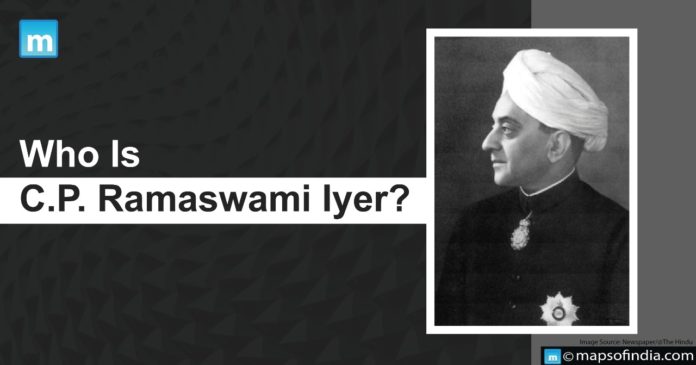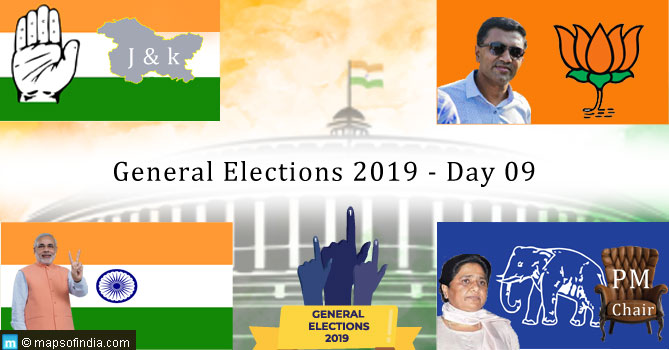Sir Chetput Pattabhiraman Ramaswami Iyer is a renowned Indian lawyer, administrator and politician known as Sir C.P. He held the positions of Diwan of Travancore from 1936 to 1947 and Advocate-General of the Madras Presidency from 1920 to 1923. He also served as a law member of the Executive Council of the Viceroy of India from 1931 to 1936.
Ramaswami Iyer was born in Madras city in 1879 and attended Wesley College High School and Presidency College before graduating from the Madras Law College and becoming a licenced attorney. He practised law in Madras and succeeded S. Srinivasa Iyengar as the Presidency’s Advocate-General. Before being appointed Diwan of Travancore, he first worked as the law member of the Governor of Madras and the Viceroy of India.
From 1936 until 1947, Ramaswami Iyer held the position of Diwan, and during that time, numerous administrative and social changes were implemented. He is also famous for brutally putting down the communist-organised Punnapra-Vayalar uprising and for taking the contentious position in favour of an independent Travancore. Following a botched assassination attempt, he resigned in 1947.
In his early years, he was a prominent member of the Indian National Congress. In 1926 and 1941, he received two knighthoods: Knight Commander of the Star of India and Knight Commander of the Indian Empire. In 1947, when India gained independence, he gave back this title. He also participated in the League of Nations missions in 1926 and 1927. Later in life, he held positions in a wide range of international organisations and on the boards of several Indian universities.
Ramaswami Iyer passed away in 1966 while travelling to the United Kingdom at 86. Chetpet Pattabhiraman Ramaswami Iyer was born on Deepavali day, November 13, 1879, to C. R. Pattabhirama Iyer (1857–1903), a leading judge, and his wife Seethalakshmi Ammal, also called Rangammal in the town of Wandiwash, North Arcot. C. P. had his schooling at Wesley College High School in Madras.
It was predicted that the boy would never pass an exam. Thus he was raised in an exceedingly rigid manner. After completing his education, C.P. enrolled at the Madras Presidency College. During college, C.P. won the Elphinstone Prize for his essay on the Nebular theory and awards in English, Sanskrit, and Mathematics.
C.P. earned a gold medal for academic achievement and graduated with honours from the Madras Law School. His ancestors were Vadama Brahmins, whose ancestral home was in the Tamil Nadu town of Chetput in the North Arcot. The family believes that their ancestors were Deshastha Brahmins who came from Maharashtra and Madhya Pradesh in the city of Chittoor in Andhra Pradesh in the 16th century A.D., from where they proceeded to the northern region of Tamil Nadu.
A local ruler gave the migrants the villages of Chetput, Adayapalayam, and Morakkaniyur to reward their piety and learning. The clan of Ramaswami Iyer descended from the people who acquired the village of Chetput. The famous Advaitist savant Appayya Dikshitar’s brother, Achan Dikshitar, was also related to C. P.





